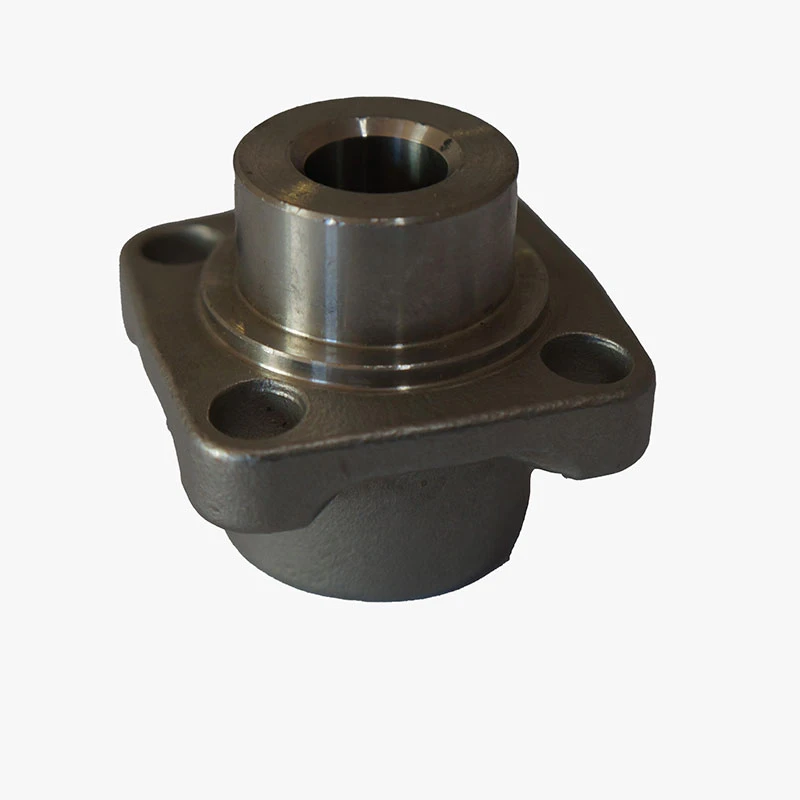sand for metal casting
Sand for Metal Casting An Essential Component in Foundry Practices
Metal casting is a pivotal manufacturing process that plays a crucial role in various industries, from automotive to aerospace. A fundamental element of this process is the use of sand, particularly in sand casting, which is the most widely used casting method. This article delves into the significance, types, characteristics, and applications of sand in metal casting.
Importance of Sand in Metal Casting
Sand serves as a mold material in metal casting, providing the necessary shape and support for the molten metal. Its unique properties make it an excellent choice for several reasons
1. Accessibility and Cost-Effectiveness Sand is abundant and relatively inexpensive compared to other materials, making it a practical choice for foundries.
2. High Thermal Resistance Sand can withstand high temperatures without melting, which is essential for holding molten metal during the casting process.
3. Reusability One of the significant advantages of sand is its ability to be reused. After the casting process, sand can be reclaimed, cleaned, and recycled for further use.
4. Versatile Molding Properties Sand is capable of forming intricate shapes, allowing for complex designs in cast parts, which can be advantageous in producing detailed and customized components.
Types of Sand Used in Casting
Various types of sand are utilized in metal casting, each with distinct characteristics that cater to specific needs
1. Green Sand This is the most common type of sand used in casting. It consists of sand, clay, and water, creating a mold that can hold its shape. The clay acts as a binding agent, and the moisture helps the mold retain its integrity. Green sand allows for excellent detail and dimensional accuracy.
2. Dry Sand Unlike green sand, dry sand is devoid of moisture. It is used in situations where moisture may interfere with the casting process. Dry sand provides finer finishes and is suitable for creating molds that require precision.
sand for metal casting

3. Synthetic Sand Composed of man-made materials or modified sand, synthetic sand offers enhanced properties such as better thermal stability and reduced defects in the final casting. It is often used in high-volume production applications.
4. No-Bake Sand This type of sand requires no baking or heating. It typically uses a resin binder that, when cured, forms a strong mold. No-bake sand is ideal for larger castings and complicated designs.
Characteristics of Ideal Casting Sand
The ideal casting sand should possess specific properties to ensure quality outcomes. These include
1. Grain Size and Shape The sand grains should be sufficiently fine to create smooth surfaces, yet coarse enough to provide structural support. Rounder grain shapes tend to produce better flow properties in molds.
2. Thermal Stability Sand must maintain its form under high temperatures while allowing gases generated from the molten metal to escape, reducing the risk of defects like blowholes.
3. Bonding Properties Effective molding sands require good binding materials (e.g., clay) to hold the shape of the mold correctly.
4. Permeability Sand should allow gases to escape during the casting process without causing defects in the final product.
Applications in Industry
Sand casting is widely used across numerous sectors due to its versatility. Industries such as automotive manufacturing employ sand casting to produce engine blocks, transmission housings, and other critical components. The aerospace sector relies on this method for creating lightweight and complex parts crucial for aircraft performance. Additionally, sand casting is used in the production of tools, hardware, and artistic sculptures.
Conclusion
Sand is an indispensable material in the metal casting process. Its unique properties and versatility make it a favored choice for manufacturers seeking to produce high-quality metal components. As technologies evolve, the development of innovative sand types and casting techniques continues to enhance the capabilities and applications of sand in metal casting, solidifying its role as a cornerstone in the foundry industry. Understanding the characteristics and types of sand used in casting is essential for anyone involved in manufacturing processes, ensuring superior quality and efficiency in production.
-
OEM Sand Cast Pump Valve Fittings - Baoding Hairun Machinery And Equipment Trading Co., Ltd.NewsAug.01,2025
-
Custom OEM Impellers | High Efficiency & PrecisionNewsAug.01,2025
-
OEM Sand Cast Pump Valve Fittings - Baoding Hairun Machinery | Customization, Quality AssuranceNewsAug.01,2025
-
OEM Sand Cast Pump Valve Fittings - Baoding Hairun Machinery And Equipment Trading Co., Ltd.NewsAug.01,2025
-
OEM Sand Cast Pump Valve Fittings - Baoding Hairun Machinery And Equipment Trading Co., Ltd.NewsJul.31,2025
-
OEM Sand Cast Pump Valve Fittings - Baoding Hairun | Precision Engineering, CustomizableNewsJul.30,2025















